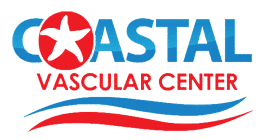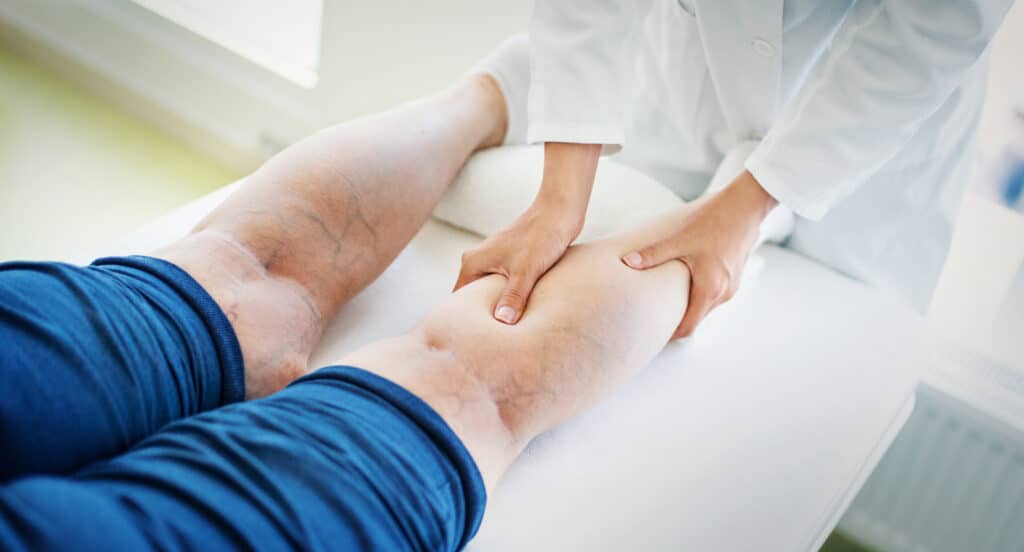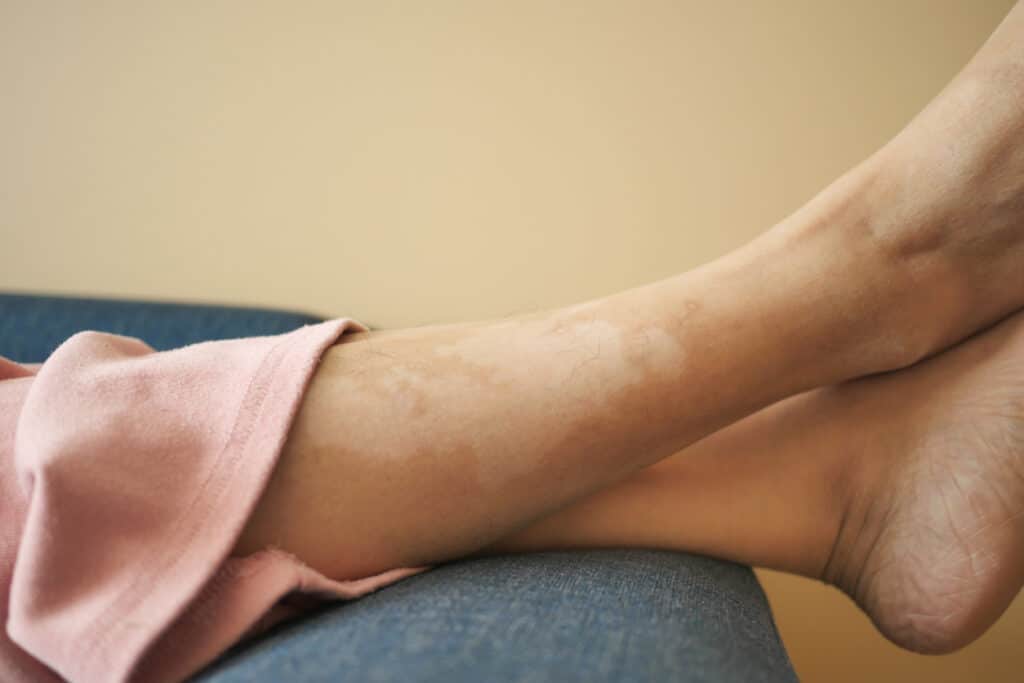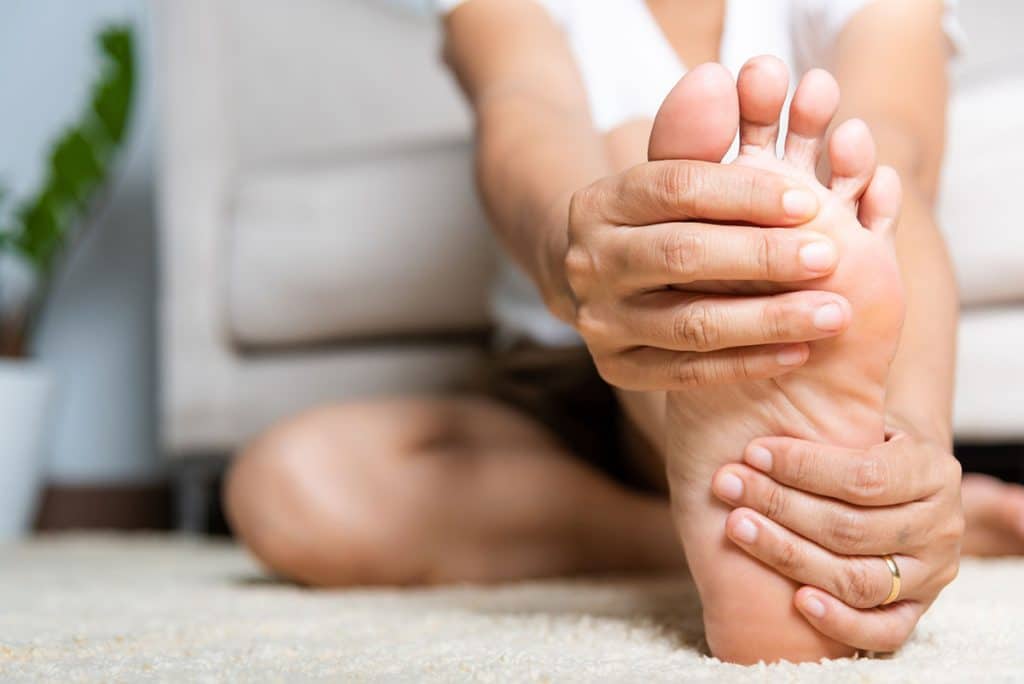Venous reflux disease is also known as venous insufficiency. This a medical condition affecting the circulation of blood in the lower extremities. The tiny valves that force blood back up towards the heart no longer function. Thus, causing blood to pool up in the legs, and the veins of the legs become distended. What causes reflux in the veins? In this condition, blood doesn’t flow back to the heart, causing blood to pool in the veins in your legs. Several factors can cause venous insufficiency, though it’s most commonly caused by blood clots (deep vein thrombosis) and varicose veins.
COMMON SYMPTOMS OF VENOUS REFLUX MAY INCLUDE:
- Leg pain, aching, tired or weak legs, especially after long periods of standing or sitting
- Varicose veins
- Burning or itching of the skin
- Swollen legs and/or swollen ankles (edema)
- Color and texture changes of the skin
- Open wounds (skin ulcers)
In venous reflux disease, the tiny valves that normally force blood back up towards the heart no longer function. This causes blood to pool up in the legs, and the veins of the legs become distended. Venous insufficiency can impact a person’s lifestyle. Especially when the person’s job requires extended standing.
Venous reflux disease produces varicose veins, the abnormally swollen and discolored superficial leg veins. This vein disease affects more than 25 million Americans. They can range from small, thin purple lines under the skin (known as “spider veins”) to thick, bulging veins that can protrude beyond the skin surface. In any form, varicose veins serve as indicators of venous reflux. Venous reflux is a progressive disease that can cause significant circulatory problems.
VEIN ABLATION TREATMENT
With vein ablation treatment patients find immediate relief of symptoms and can return to normal activity with little or no pain. Vein ablation will destroy the problem veins from inside so that they no longer affect the appearance or function of the legs or other areas in which they occur. Once ablated, the veins atrophy and disappear.
To accomplish these closure techniques, also referred to as endovenous ablation, vascular surgeons can use one of a number of different approaches:
Your vascular surgeon may use radiofrequency (RF) energy delivered through the end of a catheter. RF tools transmit radio-wave energy at high levels through small areas of tissue. The tissue absorbs the energy, converting it to heat. This heat destroys the cells exposed to it. They can place the tip of RF delivery devices in and around abnormal blood vessels to destroy them.
Your doctor can also use chemical scarring or sclerotherapy, in which they direct a thin tube to the vein and inject alcohol or other substance that causes the veins to scar and close. However, the body will absorb the scar tissue over time.
Patients will receive local anesthetic and moderate sedation for procedures. The vascular surgeon accesses the venous system of the legs through a small incision. This incision allows the surgeon to introduce a catheter into the vein in the thigh. Ultrasound is used to visualize the vein and catheter and to guide the procedure. The vascular surgeon moves the catheter to the varicosed area and then treats it. This causes the vein to collapse and seal shut.
After the hour-long, minimally-invasive procedure, there may be minor soreness or bruising, which can normally be treated with over-the-counter pain relievers. There are no scars or stitches because the procedure does not require a surgical incision, just a nick in the skin, about the size of a pencil tip. There is also a 93 to 97 percent success rate and low recurrence rate. Vein ablation treatment is an outpatient procedure with very little recovery time.
If you are suffering from venous reflux, call Coastal Vascular Today! Dr. Ayar can help you understand your treatment options.




